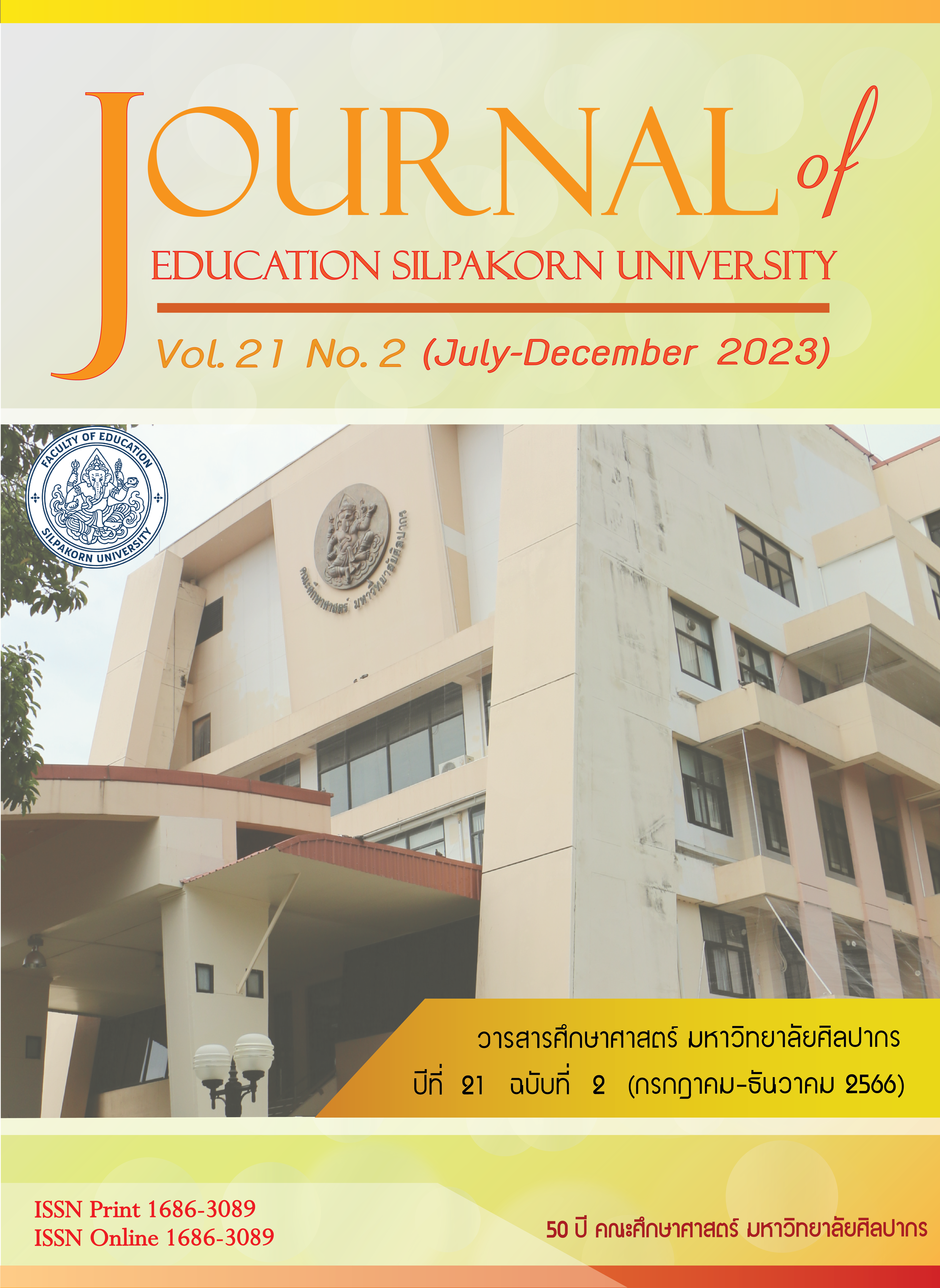SWOT Analysis for drafting strategic plan 2020-2024 Faculty of Environment and Resource Studies Mahidol University
Main Article Content
Abstract
Abstract
This research aims to uses the SWOT technique to analysis the internal environment (Weaknesses and Strengths) of the Faculty of environment and resource studies to assess an organization's current position before decide on a new strategy planning on 2020 - 2024. Then the TOWS Matrix is used to take account to the external environment (Opportunities and Threats) that influent to our faculty. All data were observed by the questionnaire on the 4 groups sample as Academic staffs and supporting staffs, Students, Alumni and Stakeholders. The replied questionnaire was 261 of 461 set (54.6%). The results of SWOT analysis were the influent factors whereas the top five data for each field of SWOT analysis were taken within TOWS analysis. As the result, Strengths and Opportunities (SO), Strengths and Threats (ST), Weaknesses and Opportunities (WO) and Weaknesses and Threats (WT) were formed by generating strategic options by the TOWS matrix. Therefore, the new strategy plan was breached into 4 plans which were 1) Excellence in research, academic services, training, environmental technology and innovation 2) Excellence in education 3) Environmental Leadership and 4) Organizational sustainable development and management. By analyzing the two tools, the faculty's strengths can be used as opportunities for further enhancement. And minimize our weaknesses by taking advantage of opportunities as a stimulus to develop the capabilities of the faculties. Which results can reduce uncontrollable obstacles thus it can be used to create competitive opportunities to lead the organization to excellent.
Keywords: Strategic, SWOT Analysis, TOWS Matrix
Article Details

This work is licensed under a Creative Commons Attribution-NonCommercial-NoDerivatives 4.0 International License.
References
Krejcie, R.V. and Morgan, D.W. (1970). Determining Sample Size for Resarch Activities. Journal of Educational and Psychological Measurement. 30(3): 607-610.
Lorchirachoonkul, V. (2018). SWOT and TOWS Matrix Analysis for Strategic Development to Increase Thai-Laos Silk Supply Chain Efficiency. WMS Journal of Management Walailak University Vol.7 No.3 (Sep-Dec 2018).
National Quality Award Office National Productivity Institute. (2017). National Quality Award 2018-2019. Bangkok: Eastern Printing Public Company Limited.
National Quality Award Office National Productivity Institute. (2019). National Quality Award 2020-2021. Bangkok: Eastern Printing Public Company Limited.
Office of the National Economic and Social Development Board. Draft of the 20 Year National Strategy (2017-2036).
Office of the National Economic and Social Development Board. Summary of the National Economic and Social Development Plan No. 12. 2017-2021.
Office of the President. (2012). Strategic Plan of the Office of the president 2013-2015. (2nd revised plan). Silpakorn University.
Office of the Secretariat of the National Information Technology Commission, a summary document on the preparation of the SWOT Analysis of the Information and Communication Technology Master Plan of Thailand, 2002).
Plan and Budget Unit. Techniques for creating strategic plans. Policy and Planning Division Office of the President Rajamangala University of Technology Suvarnabhumi.
Report of audit results according to the educational quality criteria for excellent performance (EdPEx). 2018, Faculty of Environment and Resource Studies, Mahidol University.
Rotchananan, C. Master Plan of the 20 years National Strategy (2017-2036). Policy and Planning Advisor, Office of the national Economic and Social Development Board.
Strategic plan Faculty of Environment and Resource Studies Mahidol University 2016-2019. (Annual review edition for fiscal year 2017) as of March 1, 2017.
Srisaarn, B. (1992). Preliminary research. (3rd Edition). Bangkok: Suveiriyasan
Strategic Plan Mahidol University, 2016-2019. (Reviewed October 2016).
Strategic Plan Mahidol University, 20 years, 2018-2037.
Wattana, D. (2011). Preliminary SWOT Analysis. Strategic Planning. Rajamangala University of Technology Phra Nakhon.
Wattana, D. Public Administration Strategy: Principles and Methods. (33-34)
Yuyaem, V. (2017). The Development of Learning Activities by Using the Storyline Method Entitled “Substance and Change” from Construction Science lesson Plans for Mathayom Suksa II Students.


